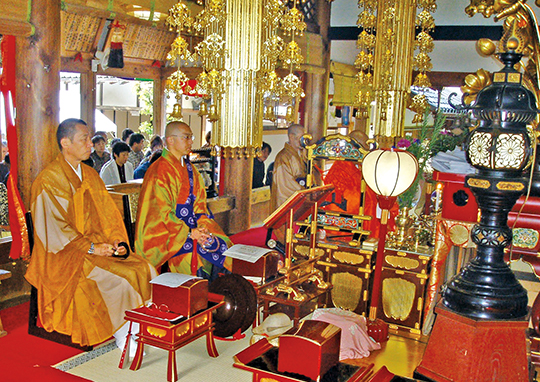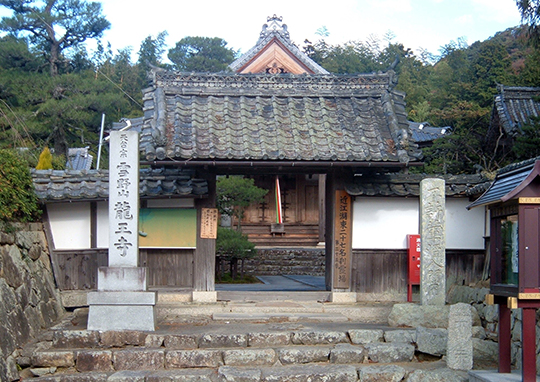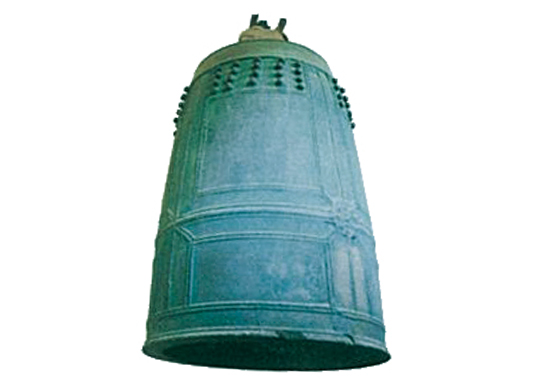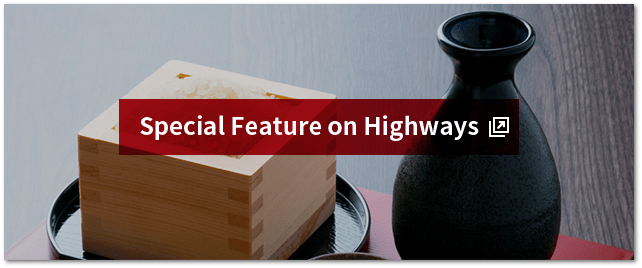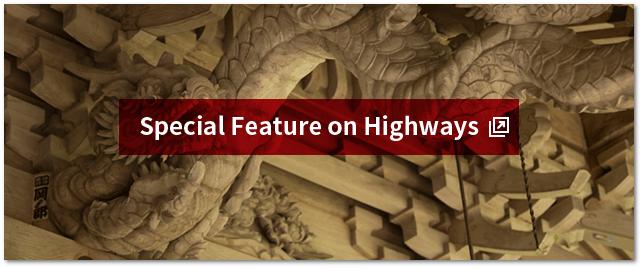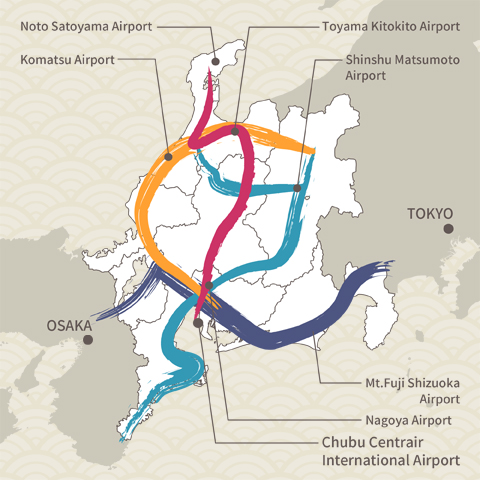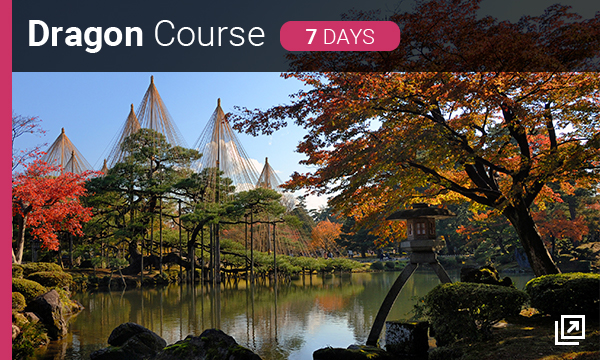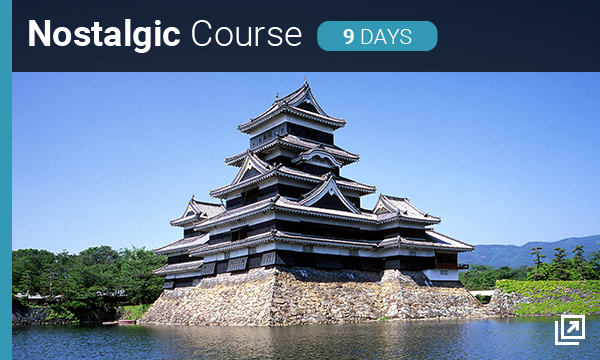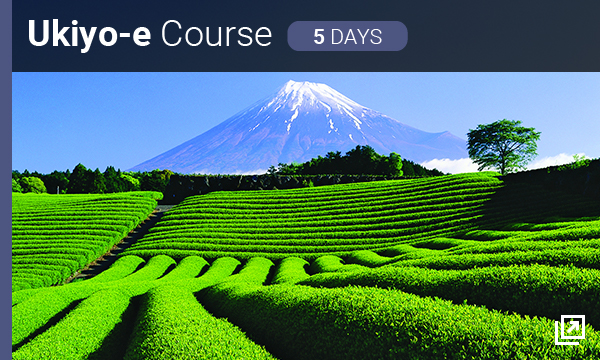Ryuoji Temple


Recommended Themes, Seasons and Activities


History:Shrines and Temples
Good Luck and Festivals:Festival and Shinto Rituals

Spring / Summer / Autumn / Winter

Cultural Experiences(Hechima-kaji, Vermilion Seal)/ Look
A temple with 1,300 years of history and made more colorful by legend
Ryuoji, situated below Mount Yukinoyama to the south, was originally established as a monastic training center called Yukinodera in 710, the year that the capital was relocated to Heijo-kyo. It is a temple of the Tendai sect with more than 1,300 years of history since its founding. The temple is said to have prospered greatly from the Nara Period to the early Heian Period, with a thousand monks and a thousand followers in residence. The principal object of worship is Yakushi Nyorai, the deity of healing. In mid-autumn of every year, a Gourd Ritual called Hechima-kaji is conducted in which asthma sufferers shut their asthma up inside a gourd.
The temple bell at Ryuoji is officially an important cultural property, presented as an offering by Ono Tokikane, the lord of what is now Nara Prefecture, more than sixty years after the temple’s founding. The hanging bell, 1.16 meters high, is mostly unornamented, but it features a beautiful dragon’s head design. Strange legends abound concerning the bell, such as that water will gush from the bell tower if the main temple catches fire, and that the bell will not sound if it is struck by someone with bad intentions.
The tale of tragic love that surrounds the temple bell
Yukinodera was the center of devout worship by the people of the area, and the temple bell was known to work miracles, such as bringing the blessing of rain in times of drought if rainmaking rituals were performed at the bell tower. These stories reached the ear of the Emperor, who presented the temple with a plaque on which he had written “Ryujushoden” in his own hand. The temple was therefore renamed Ryuoji. The dragon’s head design on the bell is always covered with a white cloth. It is said that rain will fall if the cloth is removed, so the dragon’s head is never visible except when a rainmaking ritual is performed.
Another tale that involves the temple bell is that of the tragic love between Ono Tokikane and Princess Miwa. Tokikane desired Princess Miwa, who was an incarnation of a giant serpent, and when Tokikane opened a treasure chest that had been entrusted to him, a temple bell on which a dragon was carved came out of the chest. This is the bell that Tokikane presented to Ryuoji. Princess Miwa had transformed into the giant serpent and disappeared into a pond. The water in the pond turned a cloudy white, and it became known as the White Water Pond of Ryuoji. Many other tales are also told of this mountain village temple.
Ryuoji Temple
Address |
41 Kawamori, Ryuo-cho, Gamo-gun, Shiga Prefecture |
Hours |
9:00 am to 5:00 pm (If presentation by chief priest is required, make arrangement in advance) |
Closed |
Open daily |
Cost |
400 yen |
Phone |
0748-57-1380 |
Access |
By omi Tetsudo Bus Hachiman Ryuo-sen from JR omi Hachiman Sta. to Kawahori, then walk about 10 min |
Web site |
https://ryuohji.ryuoh.org/ |
Other Spots

-
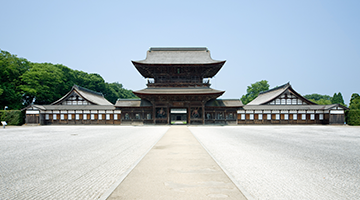
Zuiryuji Temple

Toyama

History
Good Luck and Festivals
Spring
Autumn
-
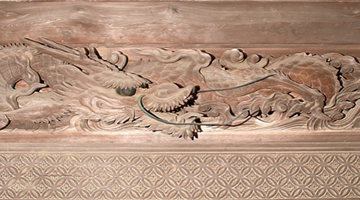
Zuisenji Temple

Toyama

History
Good Luck and Festivals
The Arts
Spring
Summer
Autumn
Winter
-
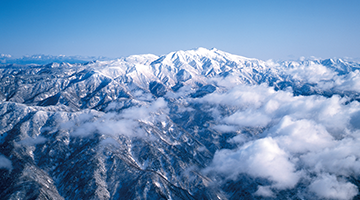
Shirayama Hime Jinja Shrine

Ishikawa

Natural Scenery
History
Good Luck and Festivals
The Arts
Spring
Summer
Autumn
Winter
-
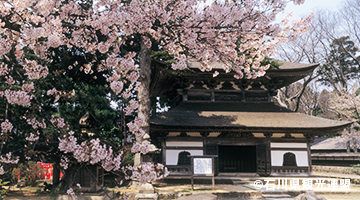
Sojiji Soin

Ishikawa

History
Good Luck and Festivals
Spring
Summer
Autumn
Winter
-

The Ukimido Pavilion

Ishikawa

Natural Scenery
Dragon Legends
Spring
Summer
Autumn
-
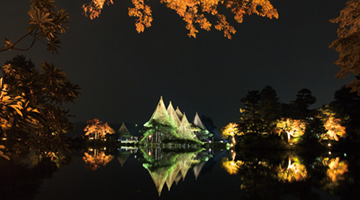
Kenrokuen Garden

Ishikawa

Natural Scenery
History
Good Luck and Festivals
Spring
Summer
Autumn
Winter
-
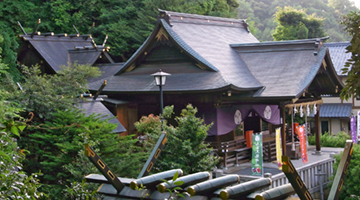
Keya Kurotatsu Jinja Shrine

Fukui

Natural Scenery
History
Good Luck and Festivals
The Arts
Spring
Summer
Autumn
-
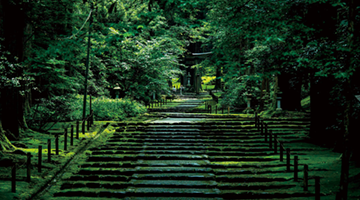
Hakusan Heisenji Shrine

Fukui

Natural Scenery
History
Good Luck and Festivals
The Arts
Spring
Summer
Autumn
-
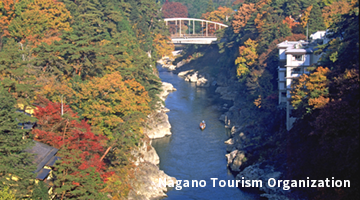
Tenryukyo

Nagano

Natural Scenery
Spring
Summer
Autumn
Winter
-
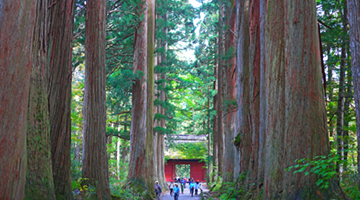
Togakushi Jinja Shrine

Nagano

Dragon Legends
History
Good Luck and Festivals
The Arts
Spring
Summer
Autumn
Winter
-
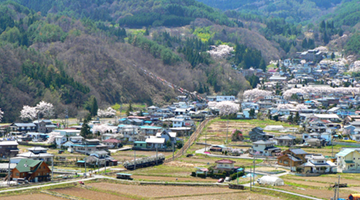
Bessho Onsen

Nagano

Dragon Legends
History
Good Luck and Festivals
Spring
Summer
Autumn
Winter
-
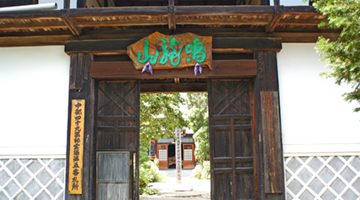
Myokenji Temple

Nagano

History
The Arts
Spring
Summer
Autumn
Winter
-

Kokeizan Eiho-ji Temple

Gifu

Natural Scenery
History
Good Luck and Festivals
Spring
Summer
Autumn
Winter
-
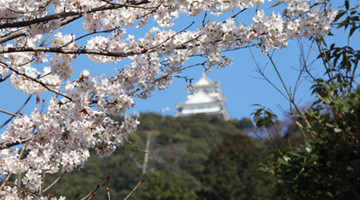
Gifu Castle on Mount Kinkazan

Gifu

Natural Scenery
History
Spring
Summer
Autumn
Winter
-

Ryujin-no-Taki Falls

Gifu

Natural Scenery
Dragon Legends
History
Good Luck and Festivals
Spring
Summer
Autumn
-
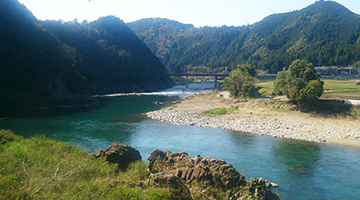
Headwaters of the Nagaragawa River

Gifu

Natural Scenery
Dragon Legends
Spring
Summer
Autumn
Winter
-

Senkoji Temple

Gifu

Natural Scenery
History
Good Luck and Festivals
The Arts
Spring
Summer
Autumn
-
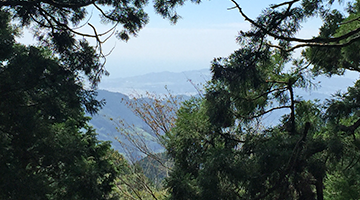
Mount Ryusozan

Shizuoka

Natural Scenery
History
Spring
Summer
Autumn
-
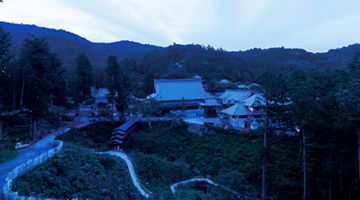
Hokoji Temple

Shizuoka

Natural Scenery
Dragon Legends
History
The Arts
Spring
Summer
Autumn
Winter
-
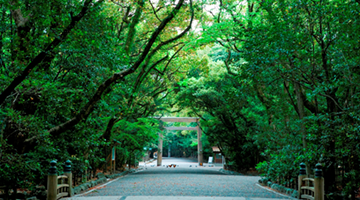
Atsuta Jingu Shrine

Aichi

Natural Scenery
History
Good Luck and Festivals
The Arts
Spring
Summer
Autumn
Winter
-
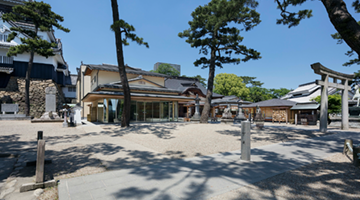
Tatsuki Jinja Shrine

Aichi

Dragon Legends
History
Good Luck and Festivals
The Arts
Spring
Summer
Autumn
Winter
-

Masumida Jinja Shrine

Aichi

Dragon Legends
History
Good Luck and Festivals
Spring
Summer
Autumn
Winter
-
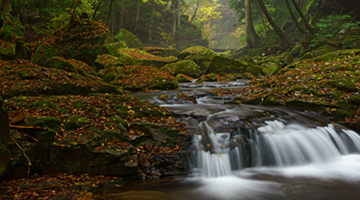
The akame 48 falls

Mie

Natural Scenery
Dragon Legends
Spring
Summer
Autumn
Winter
-

Yokoyama Ishigami Jinja Shrine

Mie

Dragon Legends
History
Good Luck and Festivals
Spring
Summer
Autumn
Winter
-

Yahashira Jinja Shrine

Mie

History
Good Luck and Festivals
Spring
Summer
Autumn
Winter
-
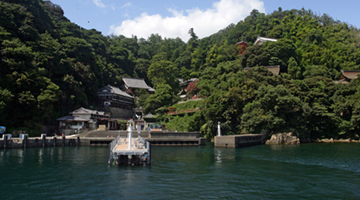
Chikubushima Island Hogonji Temple

Shiga

Natural Scenery
Dragon Legends
History
Good Luck and Festivals
Spring
Summer
Autumn
Winter
-
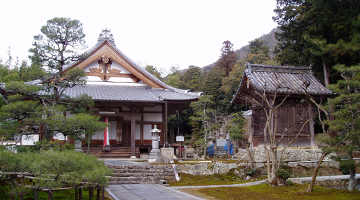
Ryuoji Temple

Shiga

Dragon Legends
History
Good Luck and Festivals
Spring
Summer
Autumn
Winter
-
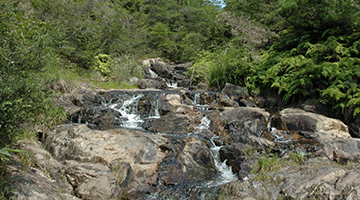
Ryuogu at ruins of Unkanji Temple

Shiga

Natural Scenery
Dragon Legends
History
Spring
Summer
Autumn
-
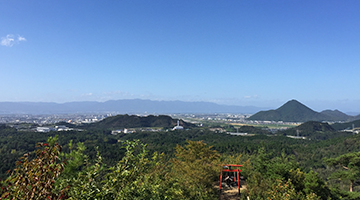
Garyu-no-Mori Forest

Shiga

Natural Scenery
Spring
Summer
Autumn
Winter
-
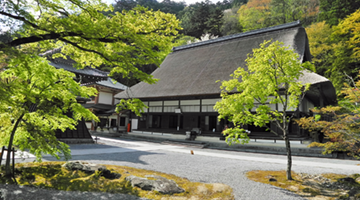
Eigenji Temple Founder’s Hall

Shiga

Natural Scenery
History
Good Luck and Festivals
Spring
Summer
Autumn
Winter

See Other Routes

The Four Shoryudo Routes






























